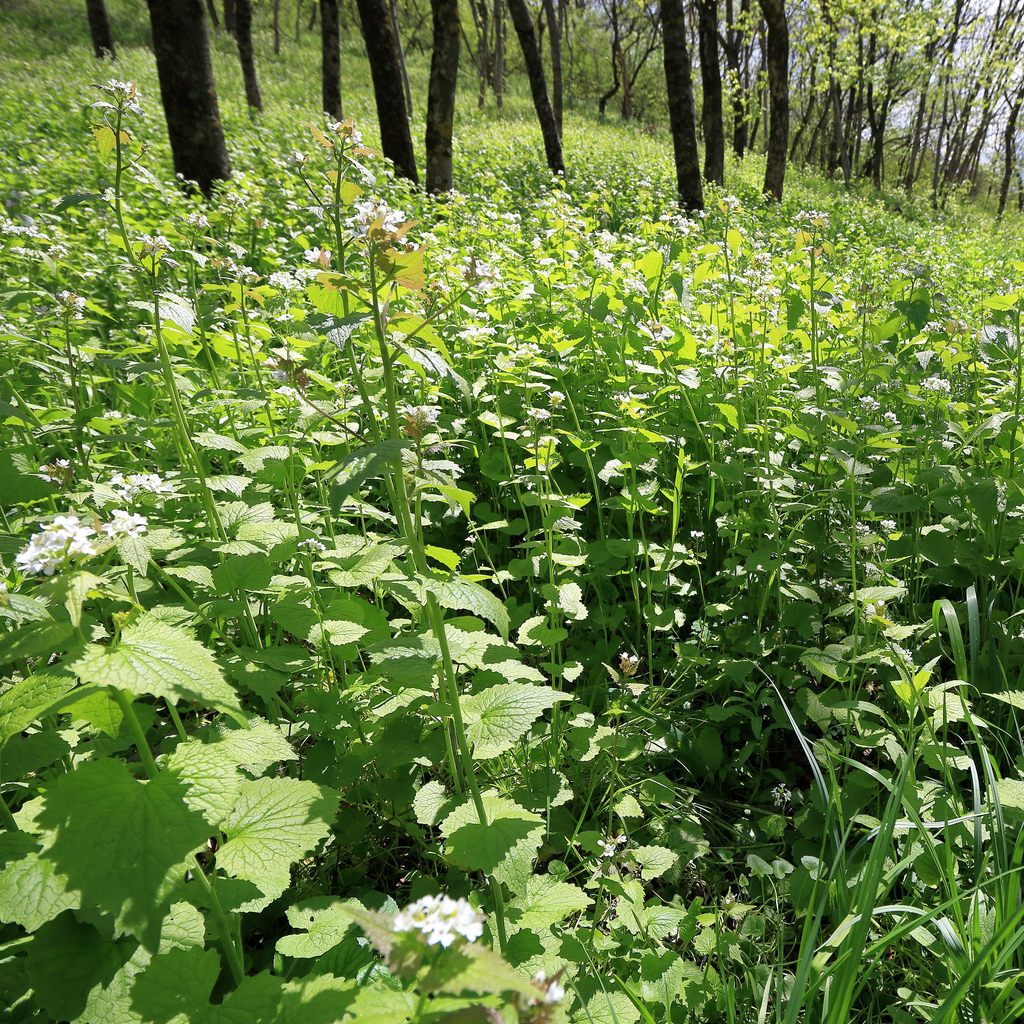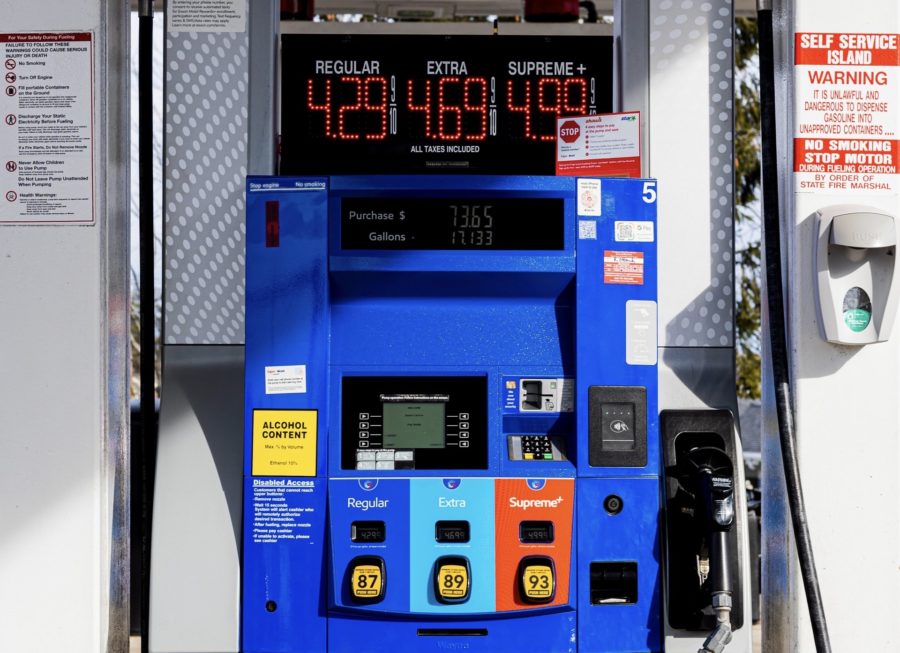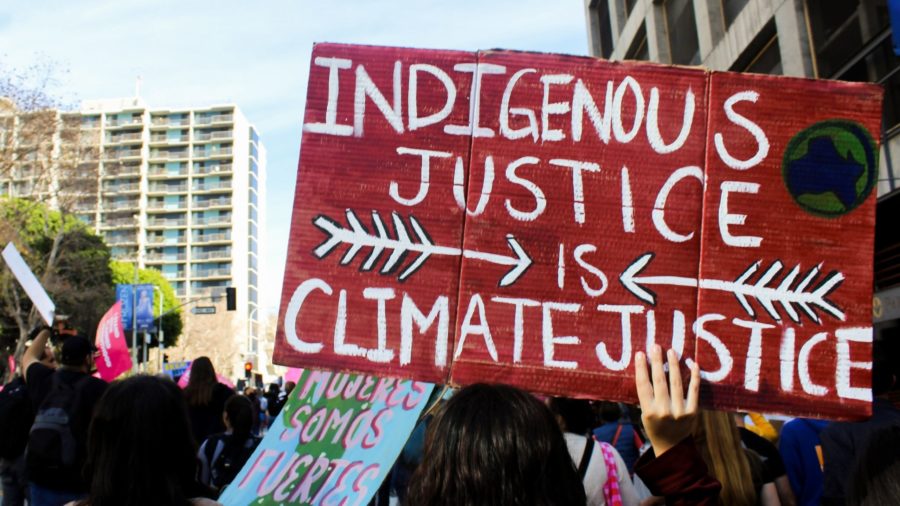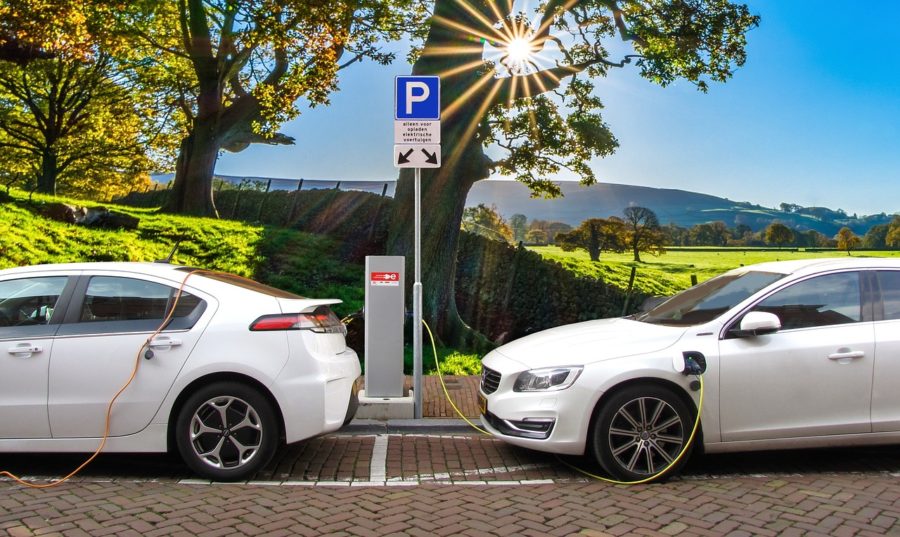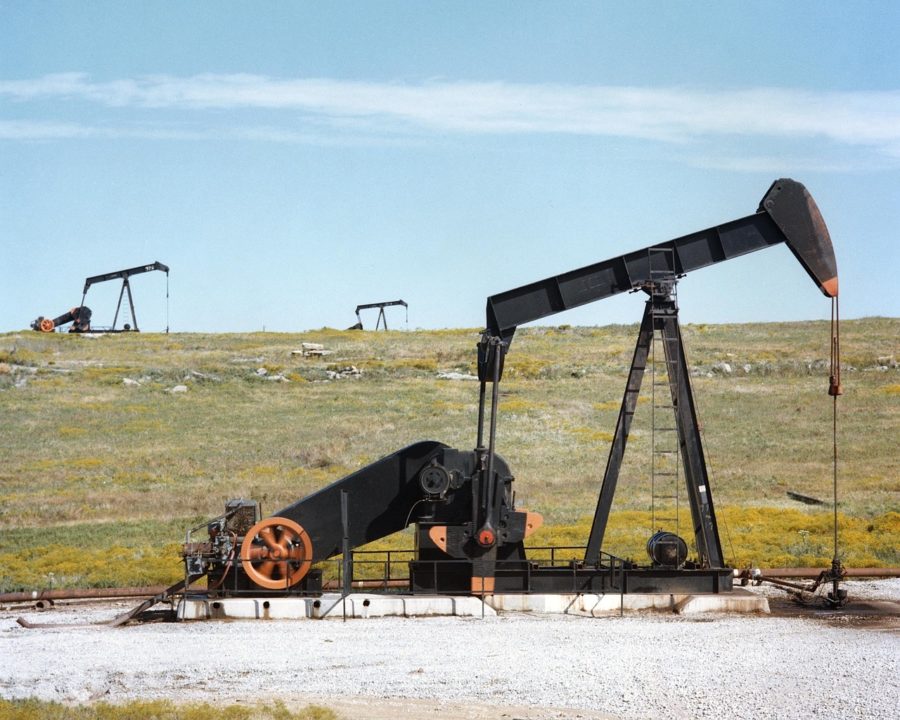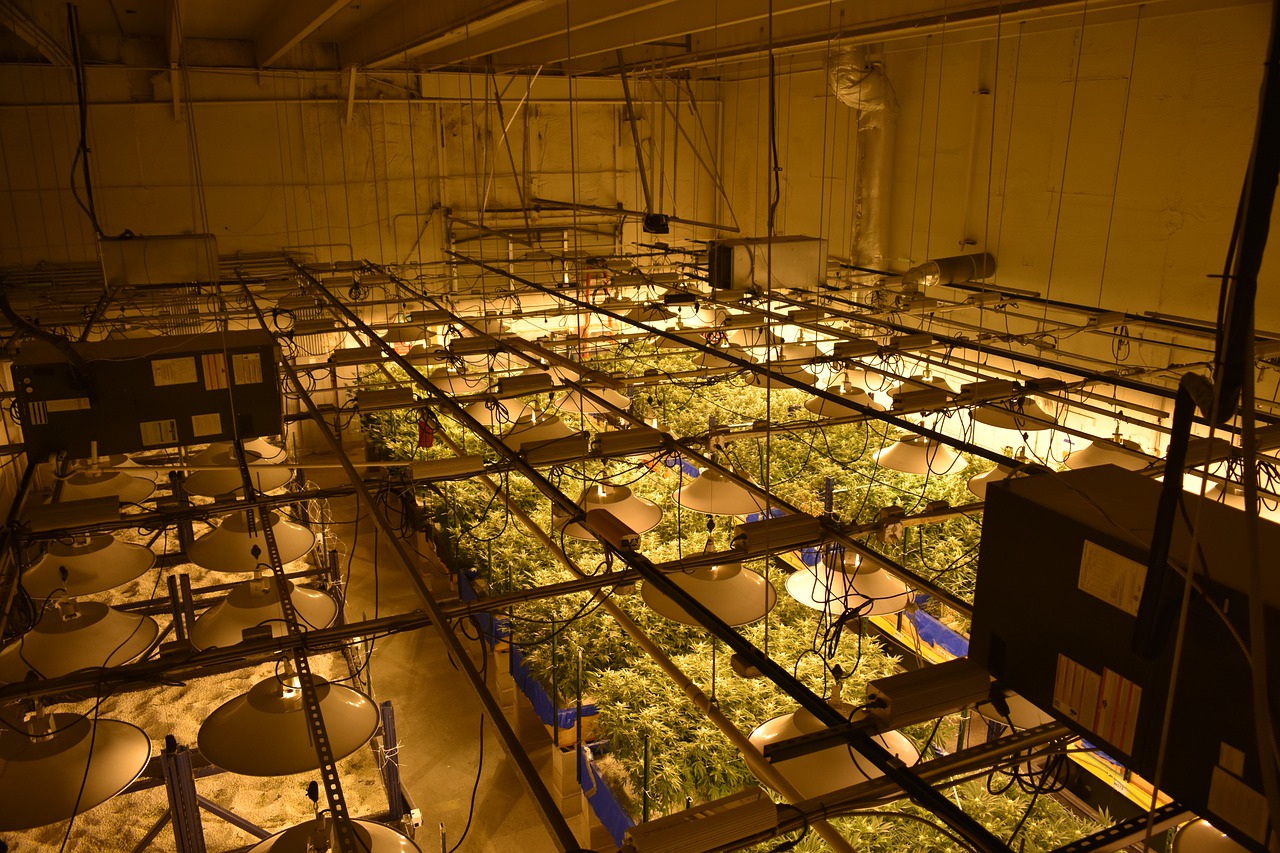Garlic Mustard: Tasty in the Kitchen, Not in Michigan Forests
By: Natalie Wienold
Many Americans embark on their summer trips to iconic destinations, sometimes choosing between California on the West Coast or Cape Cod and Nantucket on the East Coast.[1] However, they often overlook a stunning “third coast”: Michigan.[2] Northern Michigan is an underrated area, for its natural beauty with its array of trees and greenery, freshwater lakes, beaches, and picturesque small towns.[3] As Michiganders and visitors enjoy the idyllic landscape; they must remain vigilant for invasive species that threaten the vibrant ecosystems of Michigan forests. One of the most prevalent invaders that Michiganders continue to be advised on is garlic mustard.[4]

